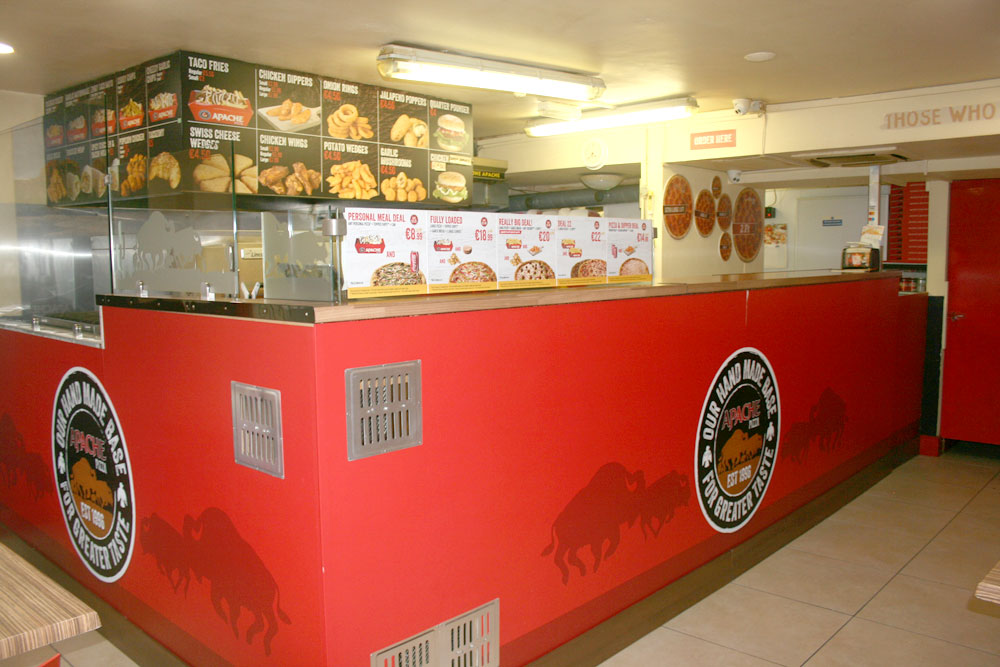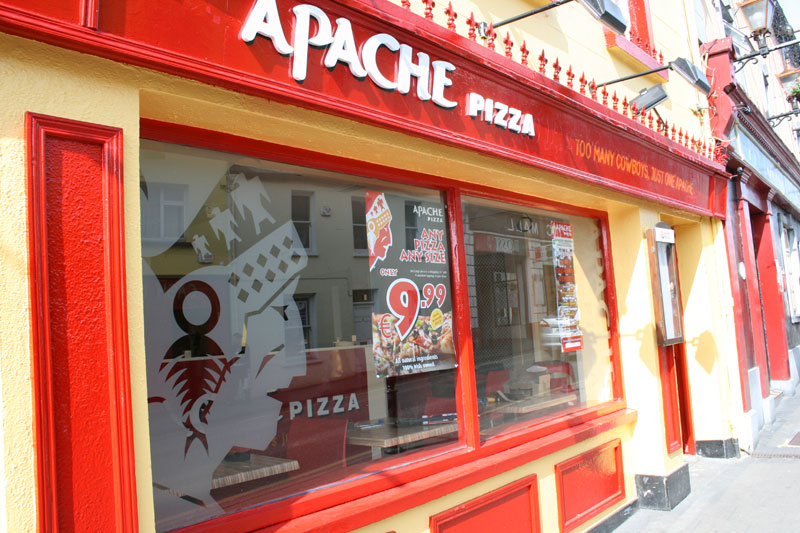Apache Pizza
Apache Pizza Kilkenny - Too Many Cowboys, Just One Apache.
Pizza takeaway & delivery service in Kilkenny. We also deliver to areas near Kilkenny. Best quality and value around, order your pizza online today!
We Cater for all Party Occasions & Events



Order Apache Pizza Online »



